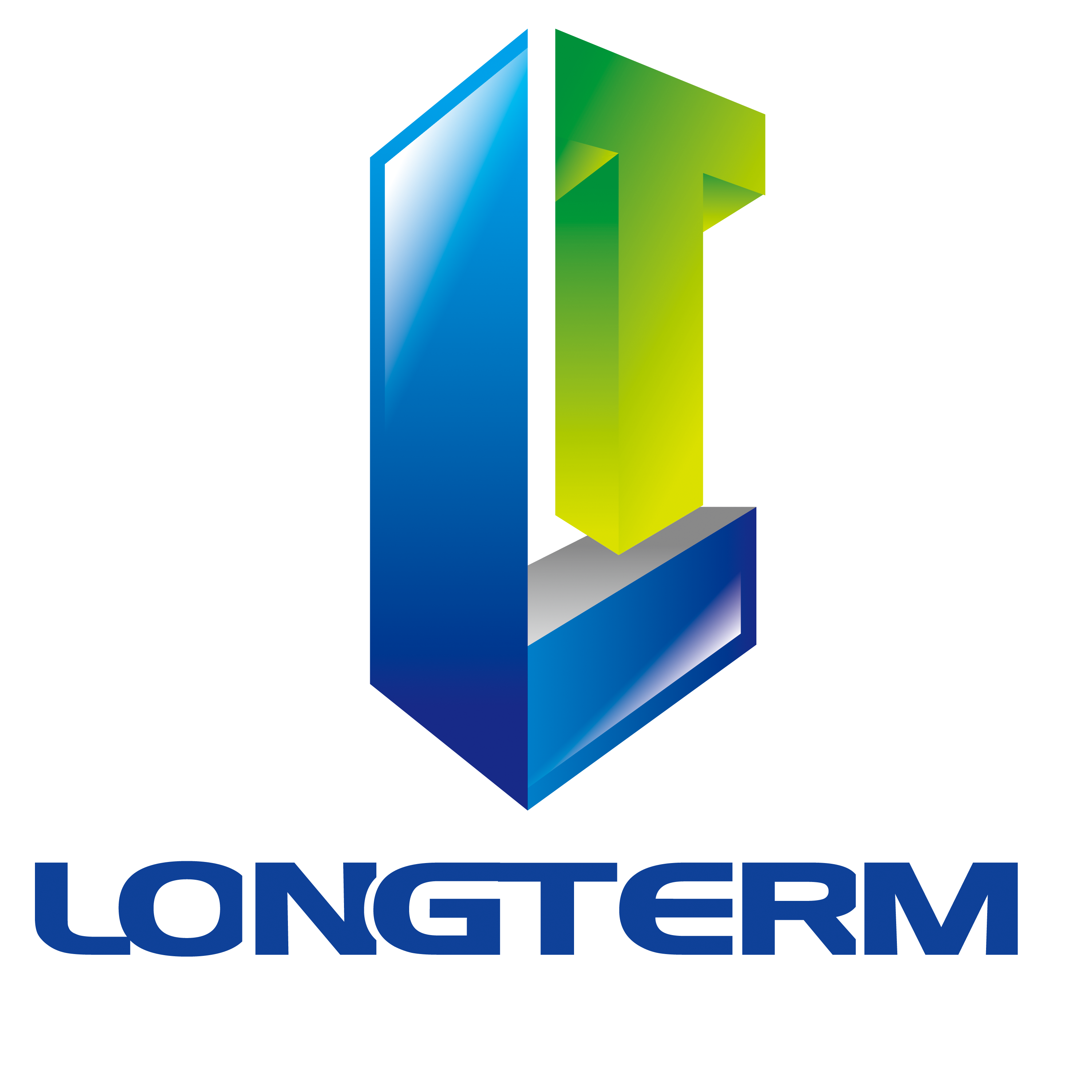Reduced Time-to-Market
One of the most significant contributions of rapid prototyping is the substantial reduction in time-to-market for new products and services. Traditional development cycles, often characterized by lengthy design phases, meticulous planning, and extensive testing, can span years. Rapid prototyping significantly compresses this timeline. By creating functional prototypes early on, businesses can identify potential flaws, gather user feedback, and make necessary adjustments before significant resources are committed to full-scale production.
This accelerated process translates directly into a competitive advantage. In today's rapidly evolving marketplace, companies that can bring innovative products to market first often capture significant market share and establish a strong brand presence. The agility afforded by rapid prototyping allows businesses to respond quickly to emerging market trends, adapt to changing customer needs, and outpace competitors who rely on slower, more traditional development approaches.
Enhanced Collaboration and Feedback
Rapid prototyping fosters a collaborative environment, encouraging cross-functional teamwork and efficient communication among designers, engineers, marketers, and even end-users. The tangible nature of a prototype provides a common ground for discussion and facilitates a shared understanding of the product's functionality and design. Stakeholders can readily visualize the product's capabilities, identify areas for improvement, and offer constructive feedback.
Furthermore, involving end-users in the prototyping process is invaluable. By gaining early user feedback, companies can ensure that the final product meets the needs and expectations of its target audience. This iterative feedback loop, enabled by the rapid creation and testing of prototypes, ensures that the product is not only innovative but also user-friendly and commercially viable. This participatory approach prevents costly redesigns and rework later in the development cycle.
Reduced Development Costs
While the initial investment in rapid prototyping tools and techniques might seem substantial, the long-term cost savings are substantial. By identifying and addressing design flaws early in the process, companies can avoid the far more expensive consequences of discovering problems later, during mass production. Late-stage design changes can be incredibly disruptive and costly, leading to production delays, rework, and potentially, significant financial losses.
Rapid prototyping enables early detection of manufacturing challenges, material compatibility issues, and other potential problems. This proactive approach minimizes the risk of costly rework and ensures that the manufacturing process is optimized from the outset. The cost savings translate to improved profitability and a stronger return on investment for the company.
Increased Innovation and Experimentation
The speed and ease of rapid prototyping encourages a culture of experimentation and innovation. Designers and engineers are empowered to explore a wider range of ideas and concepts without the fear of significant financial repercussions from failures. This freedom to experiment leads to more creative solutions and a greater likelihood of breakthroughs.
The iterative nature of rapid prototyping allows for continuous improvement. Each iteration builds upon the previous one, refining the design and functionality of the product. This continuous refinement process often leads to unexpected innovations and unforeseen improvements that would not have been possible with a more linear, less iterative approach.
Improved Product Quality
The iterative feedback loops inherent in rapid prototyping directly contribute to improved product quality. By repeatedly testing and refining the prototype based on user feedback and performance data, companies can ensure that the final product is not only innovative but also robust, reliable, and user-friendly. This focus on quality leads to increased customer satisfaction and brand loyalty.
The ability to test the prototype under realistic conditions further enhances product quality. This allows companies to identify and resolve any potential usability or functionality issues before the product reaches the market. This proactive approach minimizes the risk of product recalls and reputational damage, which can be particularly costly for businesses.
In conclusion, rapid prototyping is not merely a technological advancement; it's a paradigm shift in the way products are developed and brought to market. By dramatically reducing time-to-market, fostering collaboration, cutting development costs, encouraging experimentation, and improving product quality, rapid prototyping is accelerating the pace of innovation across diverse industries, enabling businesses to thrive in today's competitive landscape. The ability to quickly iterate, test, and refine designs translates to a more efficient, effective, and ultimately, more innovative approach to product development.

